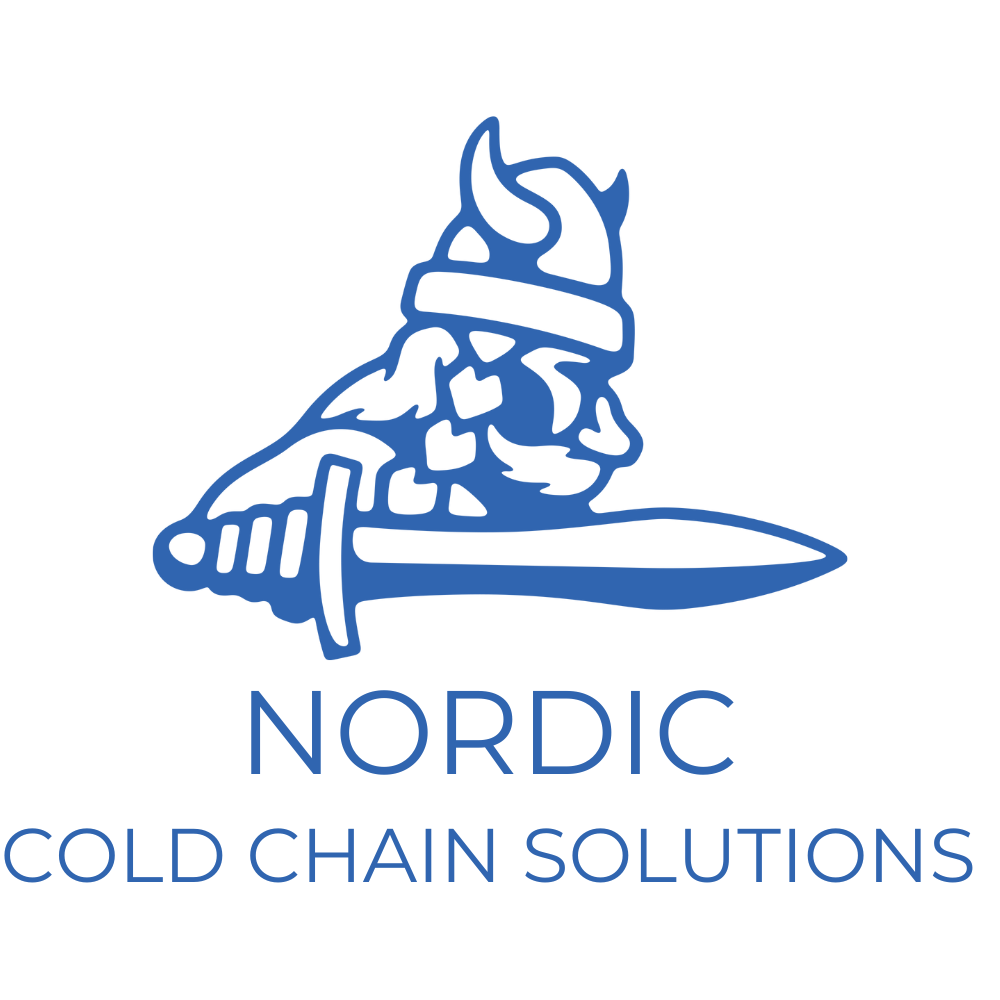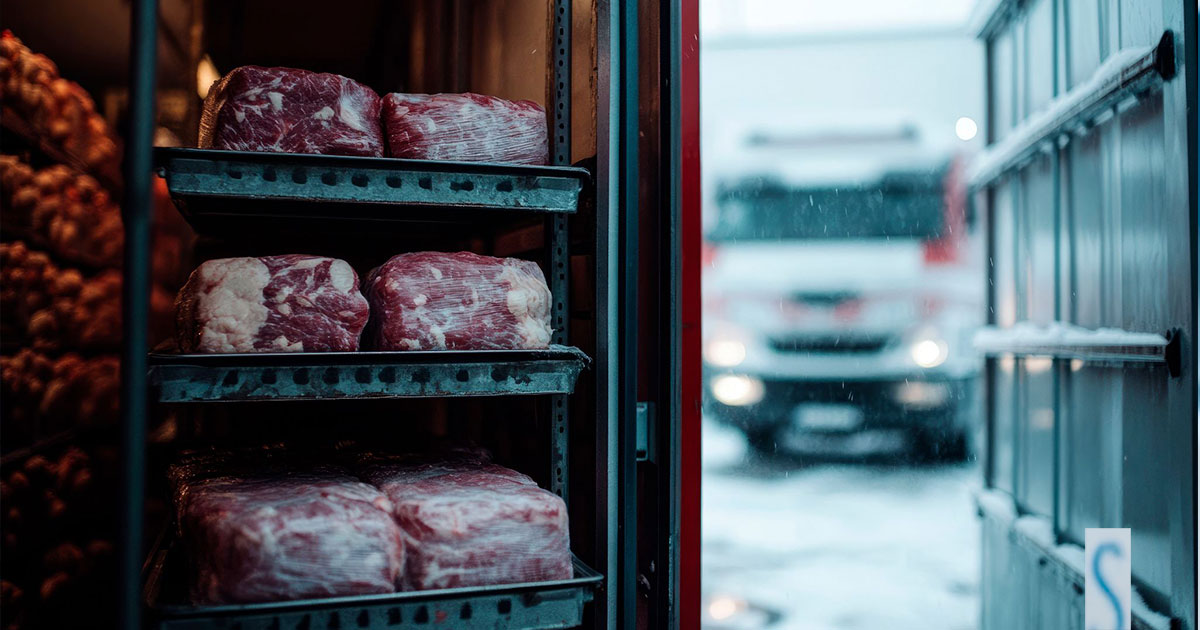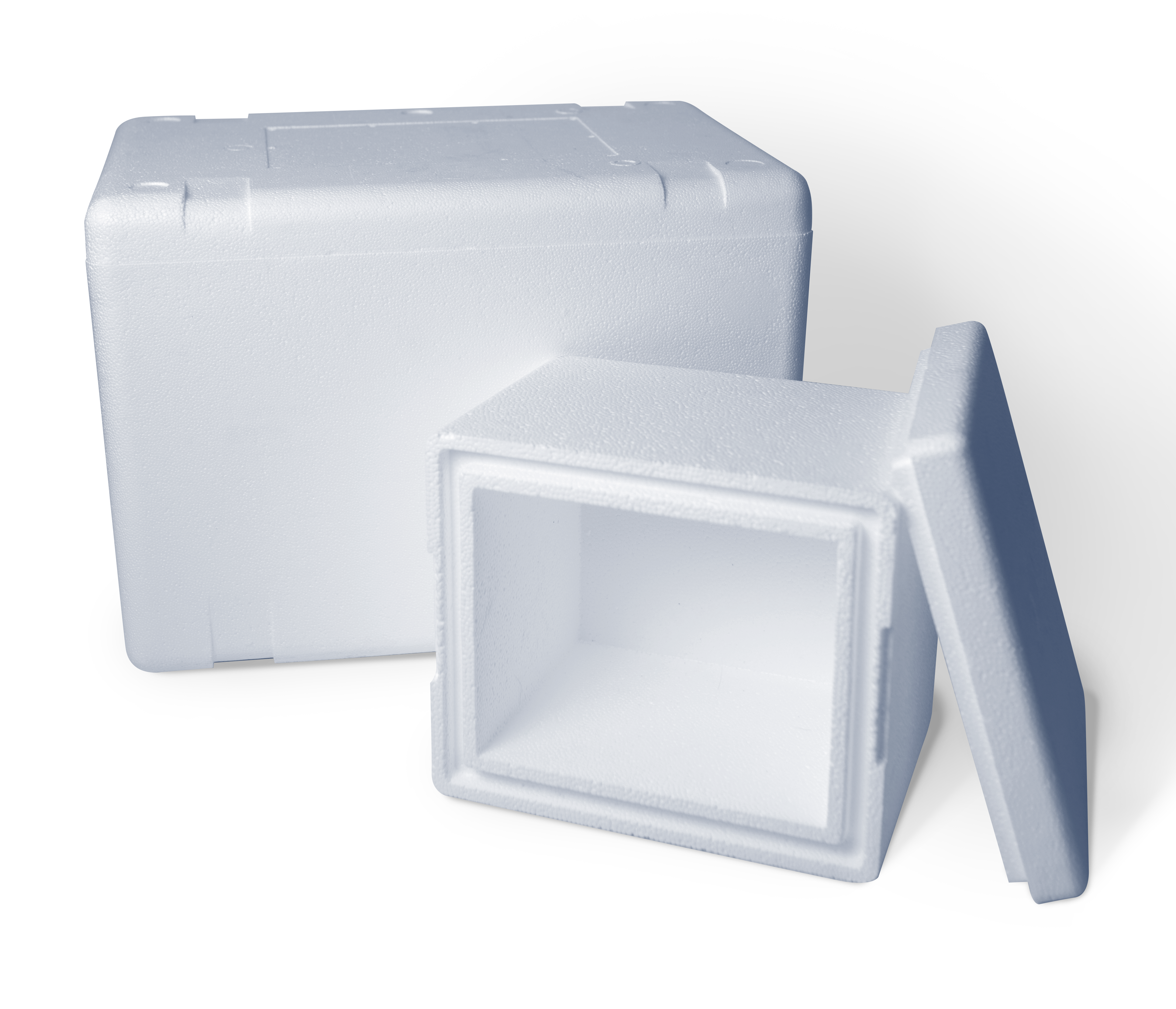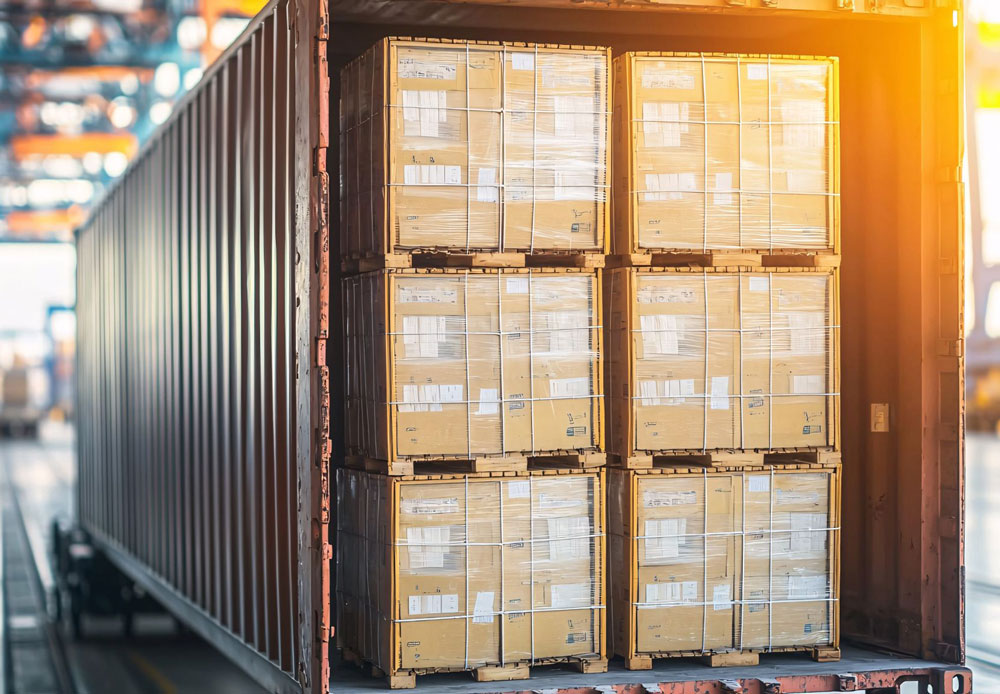Shipping frozen meat requires a tightly controlled, compliance-driven process where every variable must be precisely managed. Product integrity hinges on a seamless cold chain, from core temperature stabilization to protection against contamination and physical damage. Success demands a thorough understanding of thermal packaging, regulatory standards, and transit dynamics. Maintaining safety, efficiency, and regulatory alignment in frozen meat transport requires the integration of specialized solutions such as EPS shipping coolers, coupled with proven strategies in thermal control, packaging optimization, and logistical coordination.
1. The Cold Chain Fundamentals of Frozen Meat Shipping
Cold chain logistics is a highly controlled thermal distribution process essential for maintaining the microbiological safety, sensory quality, and regulatory compliance of frozen meat products. Unlike refrigerated items, which tolerate a narrow temperature variance, frozen meat must remain consistently at or below -18°C (0°F) throughout the entire transit and storage cycle. Even minor temperature excursions can cause partial thawing, leading to protein denaturation, ice crystal formation, and increased microbial risk upon refreezing. These outcomes compromise product safety, texture, flavor, and shelf stability.
Key components of an effective cold chain for frozen meat include:
- Pre-conditioned packaging components
Packaging elements such as EPS coolers and gel packs must be brought to target temperatures before packing to prevent thermal lag or heat absorption at the beginning of transit. - Validated pack-out procedures
Standardized packing methods ensure even temperature distribution and minimize the risk of product exposure during transport, especially in multi-product or high-volume shipments. - Temperature monitoring devices
Continuous tracking tools like digital data loggers or RFID sensors provide a complete record of in-transit temperature conditions and help identify excursion points for corrective action. - Transport and storage environments
Freezer-equipped vehicles and holding facilities must deliver consistent sub-zero conditions with insulated interiors and rapid-loading protocols to minimize thermal shock during handoffs.
Maintaining thermal consistency from origin to destination protects product quality and ensures adherence to regulatory requirements. In an increasingly competitive marketplace, a resilient cold chain allows producers, distributors, and retailers to reduce losses, meet growing consumer expectations for freshness and safety, and build long-term operational credibility.
2. Regulatory Compliance: Meeting USDA and FSIS Requirements
Regulatory oversight is a critical pillar of frozen meat logistics, with the United States Department of Agriculture (USDA) and its Food Safety and Inspection Service (FSIS) enforcing strict standards to ensure food safety and public health. These agencies mandate comprehensive protocols for how frozen meat is handled, stored, and transported. Compliance is not only a legal obligation but a safeguard against liability, product recalls, and reputational damage. To meet these standards, companies must integrate validated practices and maintain transparent, traceable records throughout the entire supply chain.
All frozen meat shipments must:
- Maintain a consistently frozen state throughout transit
Products must remain at or below -18°C (0°F) from origin to final delivery without interruption. Any temperature deviation, even temporary, may trigger spoilage risks and regulatory violations. - Be transported using equipment that prevents temperature abuse
Vehicles and containers must be capable of delivering uninterrupted cold chain conditions, with insulation, active refrigeration, and contingency systems in place to prevent thermal excursions during delays or loading. - Be documented with accurate records of handling conditions
Detailed logs must verify that temperature thresholds were maintained at every stage. These records are essential during inspections, audits, or customer disputes and should be readily accessible and validated with automated monitoring tools.
Non-compliance can lead to severe consequences including product confiscation, import bans, or loss of market access. Integrating digital temperature monitoring and automated documentation systems not only supports audit readiness but also strengthens overall supply chain resilience. Understanding and proactively managing both domestic and international regulations enables meat producers and distributors to scale with confidence across borders while preserving safety and quality.
3. Choosing the Right Packaging for Frozen Meat
Effective packaging functions as a critical thermal barrier, directly influencing a shipment’s ability to maintain temperature control, regulatory compliance, and product integrity. In frozen meat logistics, packaging must be engineered to limit thermal exchange, absorb mechanical stress, and integrate seamlessly with cold chain workflows. Nordic Cold Chain Solutions offers a range of advanced packaging systems tailored to frozen applications, with Expanded Polystyrene (EPS) shipping coolers recognized for their consistent performance in sub-zero environments and their compatibility with various fulfillment models.
Advantages of EPS Shipping Coolers:
- Thermal Performance
Delivers stable internal temperatures for 24- to 48-hour parcel shipments, minimizing the risk of freeze-thaw cycles. EPS insulation resists ambient heat penetration, ensuring product safety even in high-exposure scenarios such as last-mile delivery in warmer climates. - Structural Integrity
Built to withstand rough handling and transport shocks, these coolers resist tearing, crushing, and puncturing. This durability is essential when shipping via ground or air freight systems where packaging may encounter mechanical stress. - Lightweight Construction
Offers substantial weight reduction compared to alternative insulated materials, helping lower dimensional shipping costs. The low mass-to-volume ratio also supports more efficient storage and handling during high-volume fulfillment. - Customization
Available in a wide range of stock sizes or can be engineered to meet unique dimensional and branding requirements. Custom-fit options ensure tighter payload alignment, improved thermal performance, and enhanced presentation for consumer-facing deliveries.
EPS coolers are offered as either standalone foam containers or as fully kitted systems with corrugated outer boxes that add stacking strength and customizable print surfaces. Nordic’s inventory spans sizes from compact 6 x 4 x 5 containers to large-scale 20½ x 13¼ x 14 configurations, allowing cold chain planners to select the optimal cooler for shipment duration, product density, and transit complexity. With the right EPS packaging solution in place, businesses can streamline operations, improve delivery consistency, and reduce the risk of product compromise under real-world conditions.
4. Optimizing Internal Pack-Out: Gel Packs and Air Space Reduction
The thermal integrity of a frozen meat shipment depends not only on the outer packaging but also on the precision of the internal configuration. A well-designed pack-out ensures uniform temperature distribution, minimizes thermal exchange, and prevents localized cold or warm spots that could compromise product quality. One of the most critical yet often overlooked factors is air space. Excess air acts as an insulator against cold, allowing pockets of warmer temperature to develop during transit. The strategic use of gel packs, combined with insulation techniques and validated layouts, is essential for maintaining consistent sub-zero conditions from origin to destination.
Best practices for internal packaging:
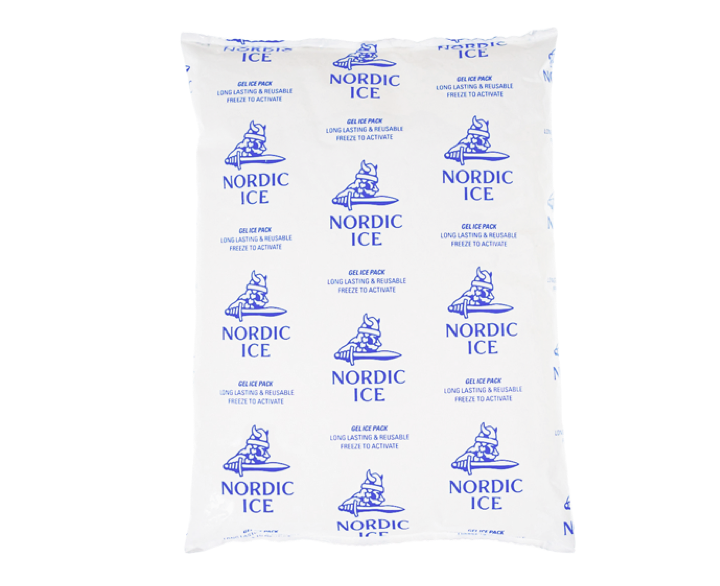
- Use pre-frozen gel packs rated for sub-zero performance
Condition gel packs to below -18°C before assembly to prevent temperature lag. Packs should be stored in commercial freezers long enough to reach full thermal capacity prior to use. - Position gel packs evenly around the product for uniform temperature
Place gel packs on at least three sides of the product to prevent uneven cooling. This configuration minimizes directional heat gain during handling and last-mile delivery. - Eliminate empty air pockets using fillers or additional insulation
Fill remaining space with foam inserts, paper, or thermal wraps to reduce internal airflow. This improves the cooler’s ability to maintain a stable environment under fluctuating external temperatures. - Avoid direct product-to-gel pack contact to prevent freezing burns
Insert a barrier layer such as a liner or divider between product and coolant. This prevents freeze damage and preserves packaging integrity, especially for vacuum-sealed meats.
Nordic Cold Chain Solutions provides EPS coolers that are engineered to integrate seamlessly with Nordic Ice® gel packs, creating high-performance systems designed for reliability across varying transit conditions. By applying these internal packaging strategies, cold chain stakeholders can significantly reduce the risk of temperature excursions, improve operational repeatability, and extend the safe transit window for frozen products. These optimizations not only enhance quality control but also support regulatory compliance and customer satisfaction across retail and distribution environments.
5. Temperature and Data Logging: Ensuring Shipment Integrity
Temperature excursions remain one of the leading causes of quality degradation and regulatory non-compliance in frozen meat logistics. Even brief deviations from sub-zero thresholds can trigger partial thawing, texture degradation, and increased microbial risk, none of which may be visible upon delivery. To mitigate these risks and establish a verifiable chain of custody, shipments should be equipped with calibrated temperature monitoring devices capable of capturing and transmitting precise environmental data throughout the journey.
Key benefits of integrating temperature monitoring systems include:
- Real-time alerts during transit
Automated notifications allow logistics teams to respond to thermal deviations immediately, helping to reroute or intervene before spoilage occurs. - Compliance documentation for audits
Digital records offer timestamped temperature histories that satisfy USDA, FSIS, and international regulatory requirements, reducing exposure during inspections and liability reviews. - Insight into performance trends across shipping routes
Aggregated data reveals recurring weak points such as frequent delays at transfer hubs or inconsistent carrier performance, enabling long-term route optimization and risk reduction.
Modern monitoring solutions offer cloud-based dashboards, geolocation tagging, and customizable alert thresholds. These systems empower logistics teams to make informed, real-time decisions and support continuous improvement in cold chain performance. As regulatory scrutiny and consumer expectations continue to rise, temperature logging is no longer optional; it is a fundamental pillar of operational excellence in frozen meat distribution.
A Cold Chain Built for Confidence
Frozen meat logistics demand more than low temperatures; they require total system control. From regulatory compliance with USDA and FSIS guidelines to the precise execution of thermal packaging and monitoring protocols, every link in the cold chain must perform with consistency. The integrity of your product depends on it.
A successful frozen shipping strategy integrates validated pack-out methods, high-performance materials like EPS coolers, and real-time temperature logging to minimize risk across diverse shipping environments. Whether fulfilling direct-to-consumer orders or distributing at scale, maintaining product safety, shelf stability, and brand reputation hinges on how well these elements work together.
Nordic Cold Chain Solutions delivers the tools and expertise to keep your shipments secure and compliant from origin to final delivery. Backed by decades of experience and a portfolio of proven cold chain systems, we help you build packaging solutions that perform under pressure.
